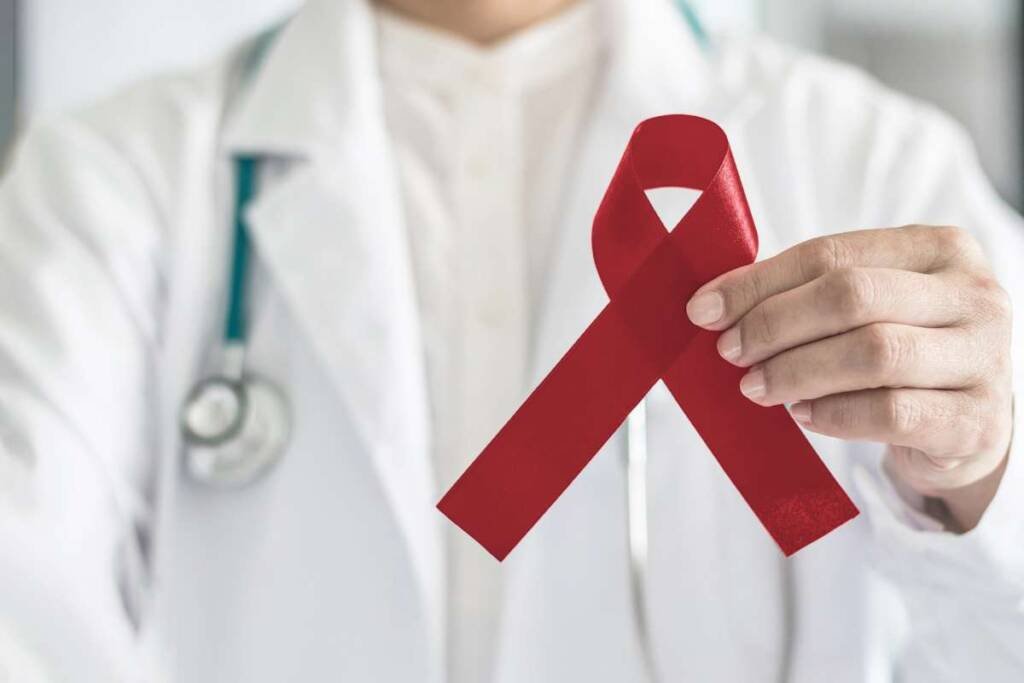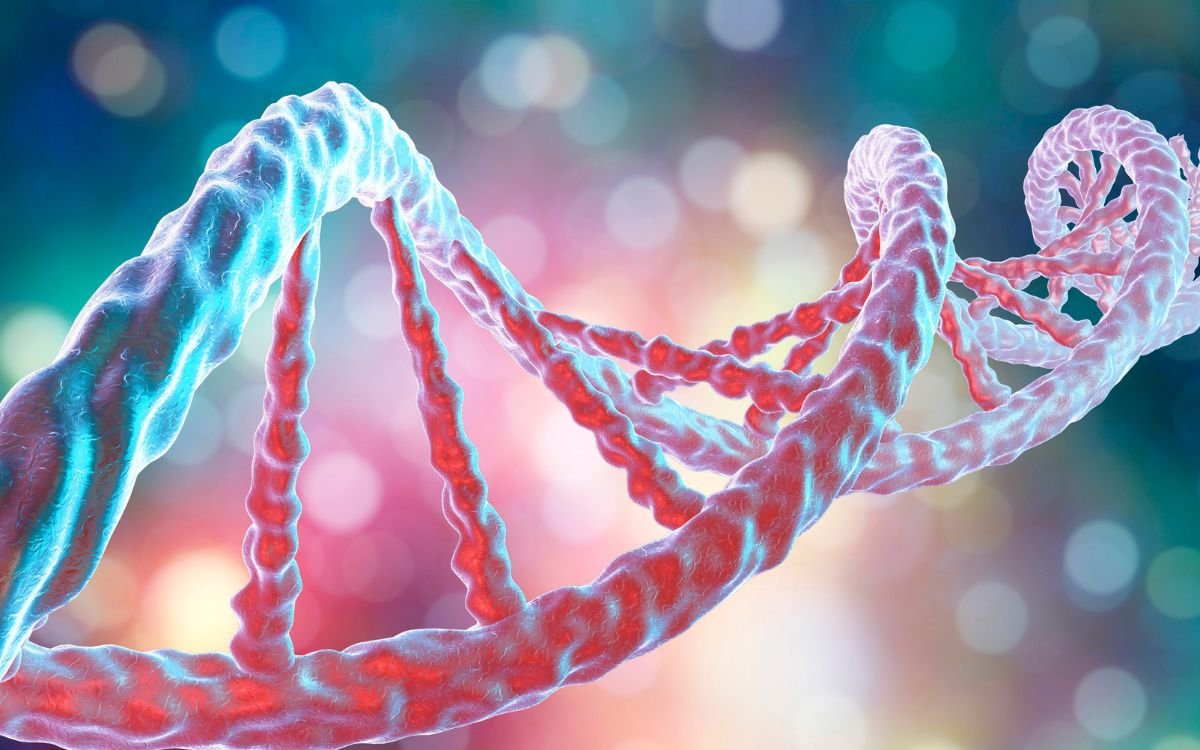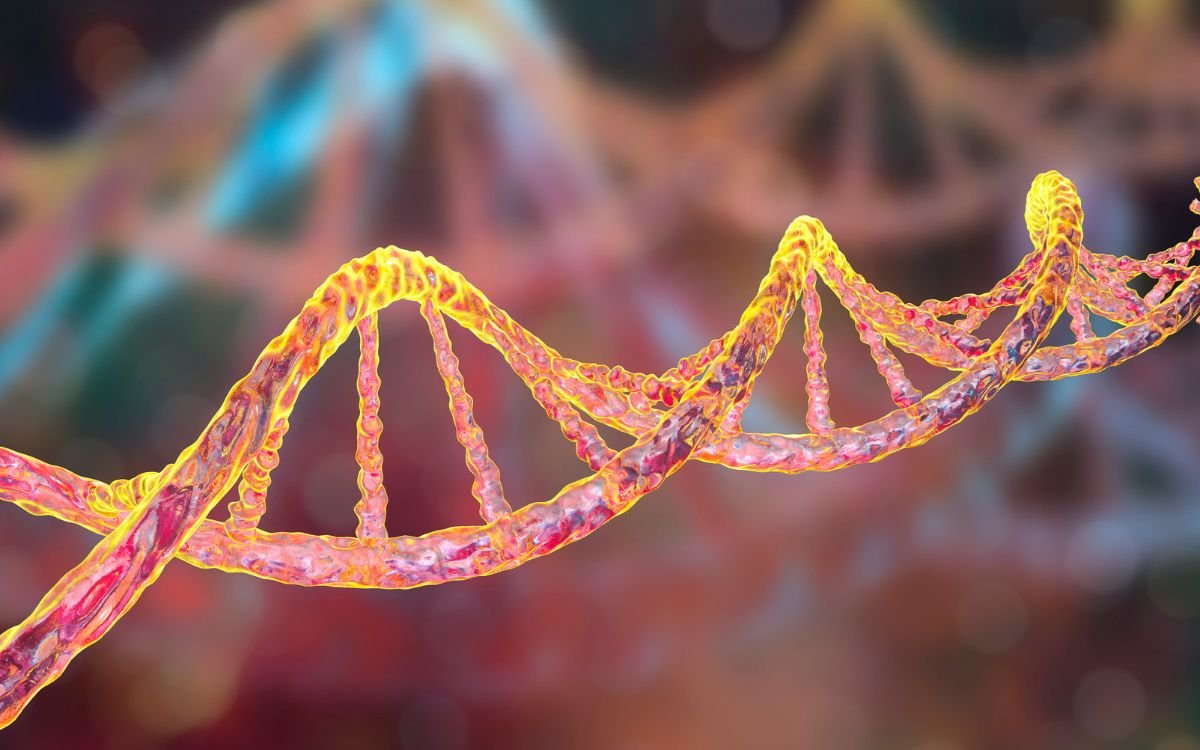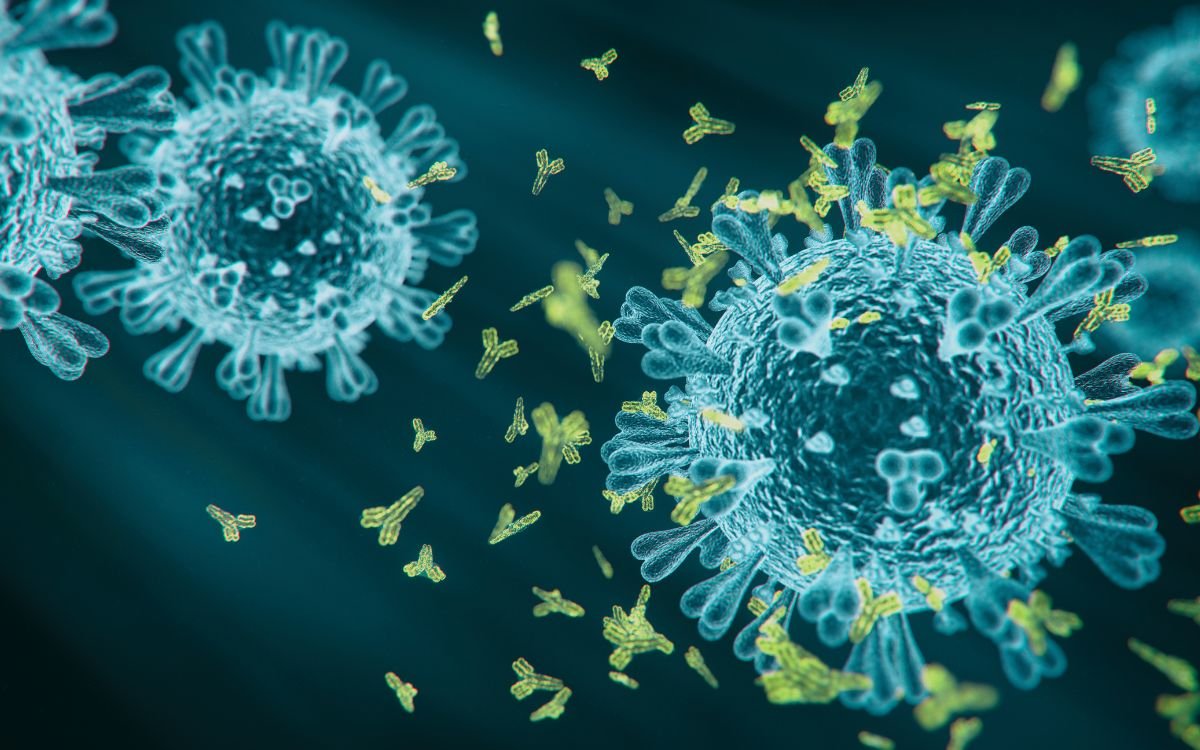Imagine having a type of white blood cell that is supposed to protect you from infections, but instead turns against you and causes a rare and incurable cancer. That’s what happens in multiple myeloma, a cancer of plasma cells that affects about 0.7% of people worldwide.
Multiple myeloma can cause a variety of symptoms and complications, such as bone pain, kidney problems, anemia, and infections. It can also affect your prognosis and survival rates, depending on factors such as your age, stage, genetics, and response to treatment.
Fortunately, there are many treatment options available for multiple myeloma, including some of the newest and most advanced therapies in 2023. These treatments can help you control the disease, improve your quality of life, and extend your survival.
In this blog post, we will cover everything you need to know about multiple myeloma, from its causes and diagnosis to its prognosis and treatment options. We will also share some tips and resources on how to cope with the challenges of living with this rare blood cancer.
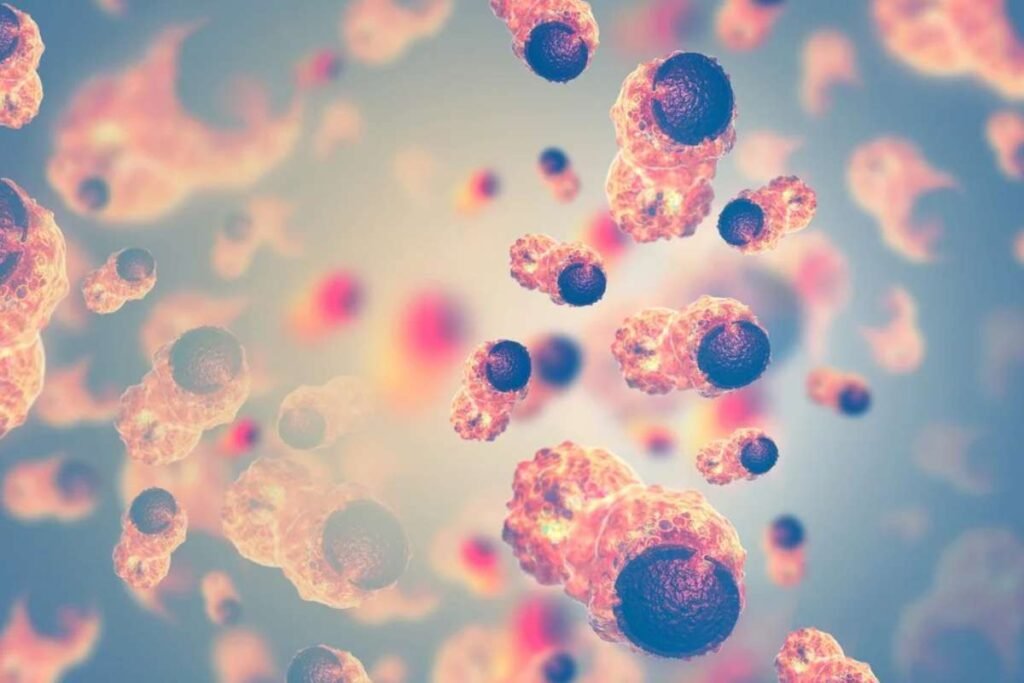
Multiple Myeloma Relapse and Refractory Myeloma
Multiple myeloma is a type of cancer that forms in plasma cells, which are a type of white blood cell that normally produces antibodies to fight infections. In multiple myeloma, the plasma cells become abnormal and multiply uncontrollably in the bone marrow, crowding out normal blood cells and producing abnormal antibodies that can cause problems in various organs.
Multiple myeloma is considered treatable but generally incurable, meaning that it can be controlled with treatment but not eliminated completely. Most people with multiple myeloma will eventually experience a relapse or become refractory to treatment.
A relapse is when the disease comes back or worsens after a period of remission or stable disease. A remission is when the signs and symptoms of the disease are reduced or disappear after treatment. A stable disease is when the disease does not get worse or better after treatment.
A refractory myeloma is when the disease does not respond to treatment or stops responding after a period of response. There are different types of refractory myeloma, depending on which treatments have been tried and failed. For example, primary refractory myeloma is when the disease never responds to the initial treatment, while secondary refractory myeloma is when the disease responds to the initial treatment but then stops responding later on.
The likelihood and timing of relapse and refractory myeloma depend on several factors, such as:
- The stage and subtype of the disease
- The genetic features of the cancer cells
- The type and duration of treatment
- The depth and quality of response
- The presence of minimal residual disease (MRD), which is a small number of cancer cells that remain in the body after treatment and can be detected by sensitive tests
- The patient’s age, overall health, and lifestyle
The signs and symptoms of relapse and refractory myeloma are similar to those of newly diagnosed multiple myeloma, such as:
- Bone pain, especially in the spine or chest
- Fatigue
- Nausea
- Constipation
- Loss of appetite
- Weight loss
- Frequent infections
- Kidney problems
- High blood calcium levels
- Anemia
- Bleeding problems
The diagnosis of relapse and refractory myeloma is based on blood or urine tests that measure the levels of abnormal antibodies (also called M proteins or monoclonal proteins) produced by the cancer cells, bone marrow biopsy that examines the number and appearance of plasma cells in the bone marrow, and medical imaging that detects any bone lesions or other organ damage caused by the disease.
The treatment options and strategies for relapse and refractory myeloma depend on several factors, such as:
- The type and severity of symptoms
- The previous treatments used and their effectiveness
- The availability and eligibility for clinical trials
- The patient’s preferences and goals
Some of the common treatment options for relapse and refractory myeloma include:
- Steroids: Drugs that reduce inflammation and kill cancer cells by affecting their growth and survival. Examples include prednisone and dexamethasone.
- Chemotherapy: Drugs that kill rapidly dividing cells, including cancer cells. Examples include vincristine, doxorubicin, cyclophosphamide, melphalan, and bendamustine.
- Targeted therapy: Drugs that target specific molecules or pathways that are involved in the growth and survival of cancer cells. Examples include bortezomib, carfilzomib, ixazomib, lenalidomide, pomalidomide, thalidomide, daratumumab, elotuzumab, and isatuximab.
- Immunotherapy: Drugs that stimulate the immune system to recognize and attack cancer cells. Examples include monoclonal antibodies, such as daratumumab, elotuzumab, and isatuximab, and CAR T-cell therapy, which is a type of cell therapy that involves genetically modifying the patient’s own T cells (a type of white blood cell) to make them recognize and kill cancer cells.
- Stem cell transplant: A procedure that involves collecting healthy stem cells (immature blood cells) from the patient’s own blood or bone marrow (autologous transplant) or from a donor (allogeneic transplant), and then infusing them back into the patient after high-dose chemotherapy or radiation therapy to destroy the cancer cells and restore the normal blood production.
- Radiation therapy: A treatment that uses high-energy beams, such as X-rays or protons, to shrink or destroy cancer cells or tumors. It can be used to treat specific areas of bone pain or spinal cord compression caused by multiple myeloma.
- Supportive care: Treatments that help manage the symptoms and complications of multiple myeloma and improve the quality of life of the patients. Examples include bisphosphonates, which are drugs that prevent or treat bone loss and fractures, antibiotics, which are drugs that prevent or treat infections, blood transfusions, which are procedures that provide red blood cells or platelets to treat anemia or bleeding problems, and pain medications, which are drugs that relieve pain.
Some of the new and emerging treatments for relapse and refractory myeloma in 2023 include:
- Bispecific antibodies: Drugs that bind to two different targets at the same time, such as a protein on the surface of cancer cells and a protein on the surface of immune cells, to bring them together and trigger an immune response against the cancer cells. Examples include teclistamab, talquetamab, ciltacabtagene autoleucel (cilta-cel), and idecabtagene vicleucel (ide-cel).
- Novel drug combinations: New combinations of existing drugs that may have synergistic effects or overcome resistance to single agents. Examples include daratumumab plus carfilzomib and dexamethasone (D-Kd), daratumumab plus pomalidomide and dexamethasone (D-Pd), isatuximab plus carfilzomib and dexamethasone (Isa-Kd), isatuximab plus pomalidomide and dexamethasone (Isa-Pd), elotuzumab plus pomalidomide and dexamethasone (Elo-Pd), bortezomib plus venetoclax (B-V), and selinexor plus bortezomib and dexamethasone (SVd).

Multiple Myeloma Prognosis and Survival Rates
One of the most common questions that people with multiple myeloma or their loved ones may have is: How long can I expect to live with this disease? The answer to this question is not simple or straightforward, because multiple myeloma is a complex and heterogeneous disease that affects each person differently. However, there are some factors that can help estimate the prognosis and survival rates of multiple myeloma, which are measures of how likely the disease is to respond to treatment and how long the patient is expected to live.
The prognosis of multiple myeloma is an estimate of the likely course and outcome of the disease, based on various factors, such as:
- The stage of the disease: The stage of multiple myeloma is based on the amount of abnormal plasma cells in the bone marrow, the level of M proteins in the blood or urine, the presence or absence of certain genetic changes in the cancer cells, and the presence or absence of certain signs or symptoms of organ damage. There are three stages of multiple myeloma: stage I (early), stage II (intermediate), and stage III (advanced). Generally, the lower the stage, the better the prognosis.
- The response to treatment: The response to treatment is measured by how much the disease has improved after treatment. There are different levels of response, such as complete response (CR), which means no signs of disease are detectable by conventional tests; very good partial response (VGPR), which means at least 90% reduction in M proteins; partial response (PR), which means at least 50% reduction in M proteins; stable disease (SD), which means no significant change in M proteins; progressive disease (PD), which means at least 25% increase in M proteins; and minimal residual disease (MRD), which means no signs of disease are detectable by sensitive tests. Generally, the higher the level of response, the better the prognosis.
- The genetic features of the cancer cells: Some types of multiple myeloma have certain genetic changes or abnormalities that affect how the cancer cells behave and respond to treatment. For example, some cancer cells have extra copies of certain chromosomes (called hyperdiploidy), which is associated with a better prognosis. Other cancer cells have missing or rearranged parts of certain chromosomes (called translocations or deletions), which is associated with a worse prognosis. Some of the common genetic abnormalities in multiple myeloma are t(4;14), t(14;16), t(14;20), del(17p), and del(13q).
- The patient’s age, overall health, and lifestyle: The patient’s age, overall health, and lifestyle can also affect the prognosis of multiple myeloma. Generally, younger patients (under 65 years old) have a better prognosis than older patients (over 65 years old), because they are more likely to tolerate intensive treatments, such as stem cell transplant, and have fewer other health problems that may interfere with treatment. Patients who have good physical and mental health, good kidney function, normal blood calcium levels, and normal blood counts also have a better prognosis than patients who have poor health, kidney problems, high blood calcium levels, or low blood counts. Patients who follow a healthy lifestyle, such as eating a balanced diet, exercising regularly, avoiding smoking and alcohol, and managing stress, also have a better prognosis than patients who do not. The survival rate of multiple myeloma is a statistic that shows how many people with the disease are still alive after a certain period of time, usually five years. The survival rate is often expressed as a percentage or a ratio. For example, a five-year survival rate of 50% means that 50 out of 100 people with multiple myeloma are still alive five years after diagnosis. A five-year survival rate of 1:2 means that one out of two people with multiple myeloma are still alive five years after diagnosis.
The survival rate of multiple myeloma depends on several factors, such as:
- The stage of the disease: The stage of multiple myeloma affects the survival rate because it reflects how much the disease has spread and how much it has damaged other organs. Generally, the lower the stage, the higher the survival rate.
- The response to treatment: The response to treatment affects the survival rate because it reflects how well the treatment has controlled or eliminated the disease. Generally, the higher the level of response, the higher the survival rate.
- The genetic features of the cancer cells: The genetic features of the cancer cells affect the survival rate because they reflect how aggressive and resistant the disease is. Generally, the more favorable the genetic features, the higher the survival rate.
- The patient’s age, overall health, and lifestyle: The patient’s age, overall health, and lifestyle affect the survival rate because they reflect how well the patient can cope with the disease and its treatment. Generally, the younger and healthier the patient, the higher the survival rate.
According to the latest statistics from the American Cancer Society, the five-year relative survival rate for people with multiple myeloma is 54%, which means that people with multiple myeloma are 54% as likely as people without the disease to be alive five years after diagnosis. However, this number is only an average that does not take into account the factors mentioned above. The survival rate also varies by stage at diagnosis. The five-year relative survival rate by stage is:
- Stage I: 74%
- Stage II: 59%
- Stage III: 40%
These numbers are based on people who were diagnosed with multiple myeloma between 2010 and 2016. However, these numbers may not reflect the current situation, because treatments for multiple myeloma are improving rapidly and new therapies are being developed and tested in clinical trials. Therefore, the survival rate for people diagnosed with multiple myeloma today may be higher than these numbers.
It is important to remember that these numbers are only estimates and cannot predict the outcome for any individual person. There are many factors that can affect the prognosis and survival rate of multiple myeloma, and some of them are not well understood or measured. Therefore, it is best to talk to your doctor about your specific situation and expectations. Your doctor can give you a more personalized estimate based on your diagnosis, treatment plan, response to treatment, and other factors. Your doctor can also help you find ways to improve your prognosis and survival rate by offering you the best possible treatment options and supportive care.

Multiple Myeloma Diagnosis and Treatment Options
The diagnosis of multiple myeloma is based on a combination of tests and procedures that confirm the presence of abnormal plasma cells in the bone marrow or other tissues, the level of abnormal antibodies in the blood or urine, and the signs or symptoms of organ damage caused by the disease. Some of the common tests and procedures used to diagnose multiple myeloma are:
- Blood tests: These tests measure the levels of different types of blood cells, such as red blood cells, white blood cells, and platelets, as well as the levels of certain proteins, such as M proteins, albumin, beta-2 microglobulin, and lactate dehydrogenase. These tests can help determine the amount and type of abnormal plasma cells, the extent of organ damage, and the stage and prognosis of the disease.
- Urine tests: These tests measure the levels of certain proteins, such as M proteins and Bence Jones proteins, in the urine. These proteins are produced by abnormal plasma cells and can cause kidney problems. These tests can help diagnose multiple myeloma and monitor its response to treatment.
- Bone marrow biopsy: This is a procedure that involves inserting a needle into a bone, usually the hip or chest bone, and removing a small sample of bone marrow for examination under a microscope. This test can show the number and appearance of plasma cells in the bone marrow, as well as any genetic changes or abnormalities in the cancer cells.
- Medical imaging: These are tests that use different techniques, such as X-rays, CT scans, MRI scans, or PET scans, to create pictures of the inside of the body. These tests can show any bone lesions or fractures caused by multiple myeloma, as well as any damage to other organs, such as the kidneys, liver, spleen, or lungs.
First Line, Second Line, and Third Line & Above Treatment Options for Multiple Myeloma
The treatment options for multiple myeloma can be classified into different lines, depending on the order in which they are used. The first line treatment is the initial treatment that is given to newly diagnosed patients or patients who have not received any prior treatment. The second line treatment is the treatment that is given to patients who have relapsed or become refractory to the first line treatment. The third line treatment is the treatment that is given to patients who have relapsed or become refractory to the second line treatment. The fourth line and above treatments are the treatments that are given to patients who have relapsed or become refractory to the third line or previous treatments.
The choice of first line, second line, and third line & above treatments for multiple myeloma depends on several factors, such as:
- The stage and subtype of the disease
- The symptoms and complications of the disease
- The response to previous treatments
- The availability and eligibility for clinical trials
- The patient’s preferences and goals
Some of the common first line treatments for multiple myeloma include:
- Steroids plus chemotherapy plus targeted therapy: This is a combination of drugs that reduce inflammation, kill rapidly dividing cells, and target specific molecules or pathways that are involved in the growth and survival of cancer cells. Examples include dexamethasone plus cyclophosphamide plus bortezomib (DCB), dexamethasone plus lenalidomide plus bortezomib (DRB), dexamethasone plus lenalidomide plus carfilzomib (DRC), and dexamethasone plus thalidomide plus bortezomib (DTB).
- Steroids plus chemotherapy plus immunotherapy: This is a combination of drugs that reduce inflammation, kill rapidly dividing cells, and stimulate the immune system to recognize and attack cancer cells. Examples include dexamethasone plus cyclophosphamide plus daratumumab (DCD), dexamethasone plus lenalidomide plus daratumumab (DRD), and dexamethasone plus thalidomide plus daratumumab (DTD).
- Steroids plus targeted therapy plus immunotherapy: This is a combination of drugs that reduce inflammation, target specific molecules or pathways that are involved in the growth and survival of cancer cells, and stimulate the immune system to recognize and attack cancer cells. Examples include dexamethasone plus bortezomib plus daratumumab (DVD), dexamethasone plus carfilzomib plus daratumumab (DVC), and dexamethasone plus ixazomib plus daratumumab (DIV).
- Stem cell transplant: This is a procedure that involves collecting healthy stem cells from the patient’s own blood or bone marrow (autologous transplant) or from a donor (allogeneic transplant), and then infusing them back into the patient after high-dose chemotherapy or radiation therapy to destroy the cancer cells and restore the normal blood production.
Some of the common second line treatments for multiple myeloma include:
- Steroids plus targeted therapy: This is a combination of drugs that reduce inflammation and target specific molecules or pathways that are involved in the growth and survival of cancer cells. Examples include dexamethasone plus pomalidomide (DP), dexamethasone plus ixazomib (DI), and dexamethasone plus carfilzomib (DC).
- Steroids plus immunotherapy: This is a combination of drugs that reduce inflammation and stimulate the immune system to recognize and attack cancer cells. Examples include dexamethasone plus daratumumab (DD), dexamethasone plus elotuzumab (DE), and dexamethasone plus isatuximab (DI).
- Steroids plus targeted therapy plus immunotherapy: This is a combination of drugs that reduce inflammation, target specific molecules or pathways that are involved in the growth and survival of cancer cells, and stimulate the immune system to recognize and attack cancer cells. Examples include dexamethasone plus pomalidomide plus daratumumab (DPD), dexamethasone plus ixazomib plus daratumumab (DID), and dexamethasone plus carfilzomib plus daratumumab (DCD).
- Steroids plus targeted therapy plus immunotherapy plus chemotherapy: This is a combination of drugs that reduce inflammation, target specific molecules or pathways that are involved in the growth and survival of cancer cells, stimulate the immune system to recognize and attack cancer cells, and kill rapidly dividing cells. Examples include dexamethasone plus pomalidomide plus daratumumab plus cyclophosphamide (DPDC), dexamethasone plus ixazomib plus daratumumab plus cyclophosphamide (DIDC), and dexamethasone plus carfilzomib plus daratumumab plus cyclophosphamide (DCDC).
- Stem cell transplant: This is a procedure that involves collecting healthy stem cells from the patient’s own blood or bone marrow (autologous transplant) or from a donor (allogeneic transplant), and then infusing them back into the patient after high-dose chemotherapy or radiation therapy to destroy the cancer cells and restore the normal blood production.
Some of the common third line and above treatments for multiple myeloma include:
- Bispecific antibodies: These are drugs that bind to two different targets at the same time, such as a protein on the surface of cancer cells and a protein on the surface of immune cells, to bring them together and trigger an immune response against the cancer cells. Examples include teclistamab, talquetamab, ciltacabtagene autoleucel (cilta-cel), and idecabtagene vicleucel (ide-cel).
- Novel drug combinations: These are new combinations of existing drugs that may have synergistic effects or overcome resistance to single agents. Examples include daratumumab plus carfilzomib and dexamethasone (D-Kd), daratumumab plus pomalidomide and dexamethasone (D-Pd), isatuximab plus carfilzomib and dexamethasone (Isa-Kd), isatuximab plus pomalidomide and dexamethasone (Isa-Pd), elotuzumab plus pomalidomide and dexamethasone (Elo-Pd), bortezomib plus venetoclax (B-V), and selinexor plus bortezomib and dexamethasone (SVd).
- Clinical trials: These are research studies that test new or experimental treatments for multiple myeloma. These treatments may include new drugs, new combinations of drugs, new ways of delivering drugs, new ways of stimulating the immune system, or new ways of modifying the patient’s own cells. Clinical trials may offer access to promising treatments that are not yet available outside the research setting. However, clinical trials also have potential risks, such as unknown side effects, limited effectiveness, or ineligibility for other treatments. Therefore, it is important to discuss the benefits and risks of participating in a clinical trial with your doctor before enrolling.
Conclusion
Multiple myeloma is a rare and incurable cancer of plasma cells that can cause various symptoms and complications, such as bone pain, kidney problems, anemia, and infections. It can also affect the prognosis and survival rates of the patients, depending on factors such as their age, stage, genetics, and response to treatment.
However, there are many treatment options available for multiple myeloma, including some of the newest and most advanced therapies in 2023. These treatments can help control the disease, improve the quality of life, and extend the survival of the patients.
If you have been diagnosed with multiple myeloma or know someone who has, it is important to seek support from your health care team, your family and friends, or online communities of multiple myeloma patients and survivors. You can also find more information and resources on multiple myeloma from reputable sources, such as:
- The American Cancer Society
- The Leukemia & Lymphoma Society
- The International Myeloma Foundation
- The Multiple Myeloma Research Foundation
We hope this blog post has helped you understand more about multiple myeloma and its diagnosis, prognosis, and treatment options. If you have any feedback, questions, or stories to share with us, please leave a comment below or contact us on social media. We would love to hear from you. Thank you for reading.

